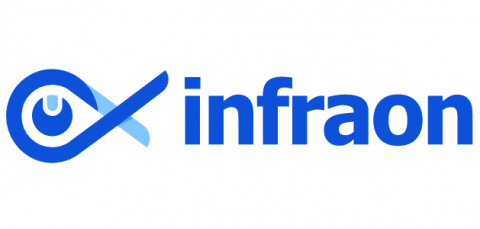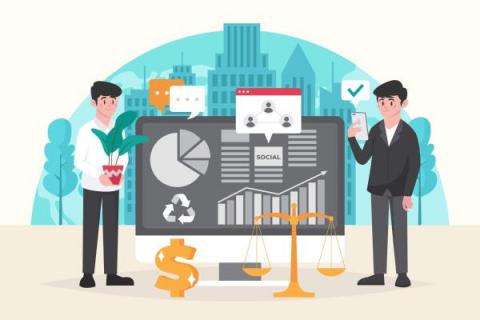Sponsored Post
How ITSM Can Transform the Digital Experiences of Employees
It is no secret that the pandemic has greatly accelerated the need for digital transformation, and workplace technology is no exception. Meanwhile, the overarching move to omnichannel and digital-first approaches has dramatically reset employee needs. Furthermore, as we continue to move toward a modern world of hybrid working, organizations must optimize their employee experience (EX) to attract and retain top talent.







